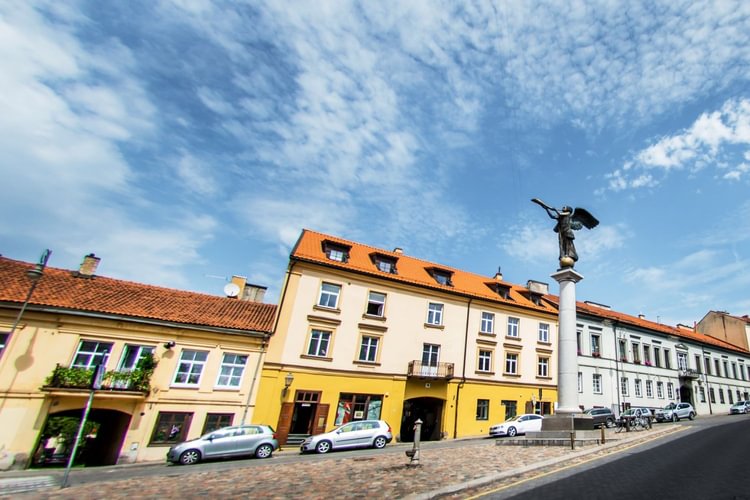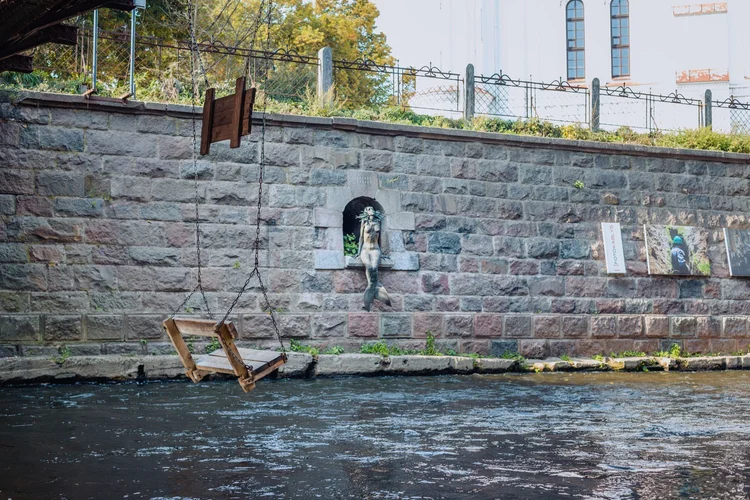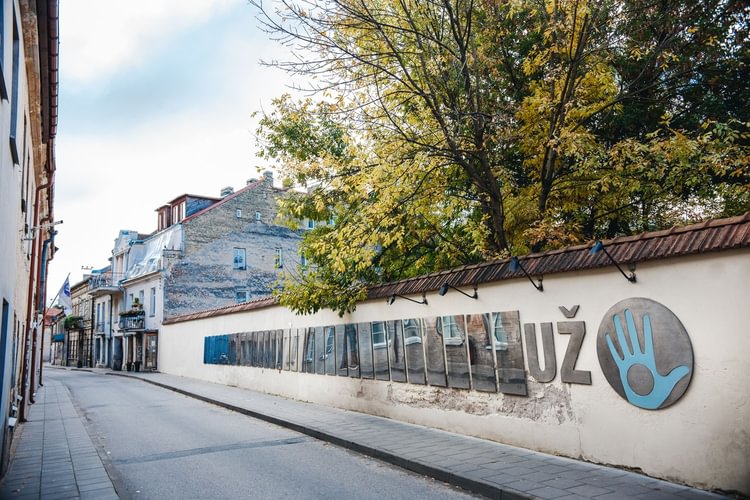Self-Proclaimed Republic in Capital of Lithuania Celebrates its Independence on April Fool’s Day
The bohemian Užupis district in Vilnius is marking the 22nd anniversary of its self-proclaimed republic. The friendship-themed celebration continues the history of the artists’ district. The Užupis Republic is well-known for its freedom-soaked constitution, translated into more than 50 languages.
April 1st, 2020. For most people around the world, the 1st of April is known as April Fool’s day. It is a jovial celebration with pranks on friends and family members. But in Vilnius – the capital of Lithuania – this day is commemorated as the Independence Day of the self-proclaimed Užupis Republic. For more than two decades, this artistic district has reminded the outside world about the importance of human freedom enshrined in the fast-spreading constitution of the Užupis Republic.
Each year the celebration comes with a theme. Themes as different as “library” and “airport” were used in earlier years. This year the celebration is friendship-themed with the slogan „For Friends.” The idea is to create an atmosphere where people would feel as if they were meeting old friends in a cozy café. This year’s symbol is a friendly creature – a dog.
Due to coronavirus pandemic and quarantine it is not possible to organize the traditional public feast on the 1st of April. But people are encouraged to celebrate their friendship with the Užupis Republic at home. All they have to do is decorate their home with the symbol of Užupis – a palm with a hole in it. The blue palm with a hole was printed onto the Užupis Republic flag in the 1990’s. It speaks about openness, tolerance and the impossibility of privatizing the Užupis values.
“The new generation has brought their own values into the celebration of independence. But the spirit of Užupis remains. It is as constant and integral to the place as the river Vilnelė. The suburb changes and evolves, but its spirit will not let it lose identity,” says the minister of foreign affairs of the self-proclaimed republic Tomas Čepaitis.
He was also one of the co-authors of the constitution of the Užupis Republic. The constitution was written by Mr Čepaitis and Romas Lileikis in 1998, just before the proclamation of the district’s independence. On the 1st of April, 1998, the Lithuanian text of this manifesto was unveiled on the wall in one of the main streets of Užupis. Since then, the constitution has been translated into more than 50 languages, each time adding a new desk on the same wall. It is one of the most popular monuments in Vilnius.
The 41 clauses of the constitution express humour, freedom and tolerance in short sentences such as ‘Everyone has the right to understand’ and ‘Everyone has the right to die, but this is not an obligation.’ The monument attracted the attention of Pope Francis who blessed it during his state visit to Lithuania in 2018. Mr Čepaitis says that original ideas of the constitution came naturally.
“We wrote it all down in under three hours,” he explained. “We wanted to create something different, we wanted to foster a community. When the time came to figure out how to draw people’s attention we turned to humour. Initially the constitution seemed misunderstood, it took time for it to grow on people. Now everyone finds something special for themselves in the enshrined rights. We have reproductions of our constitution made and unveiled in Georgia, Germany, Italy and are currently working on unveiling another one in South Africa.”
Apart from the constitution, the Užupis Republic has its own anthem and flag. In 1998 the Užupis Republic also had an 11-strong army, but later it was retired.
Užupis is one of the oldest districts in Vilnius. Dating back to the 16th century, it was one of the poorest district in town, primarily inhabited by manual workers. At that time Užupis also housed a red-light quarter. During Soviet times the neighborhood was abandoned and allowed to go to ruin. But the abandonment of the district eventually led to it becoming the bohemian island of today.



